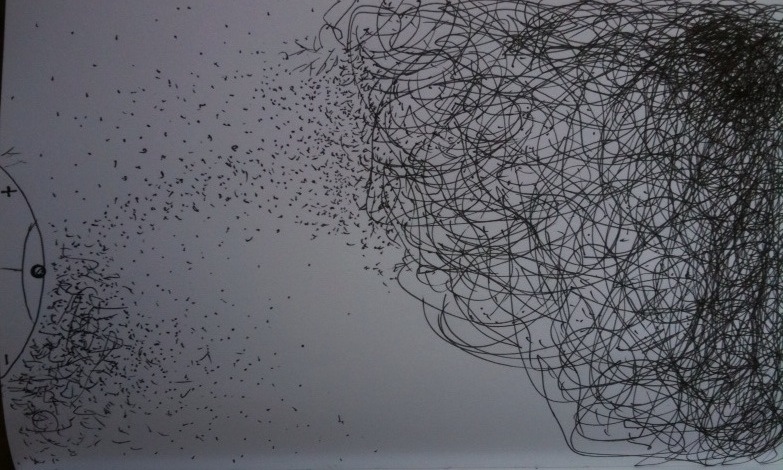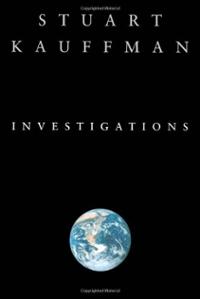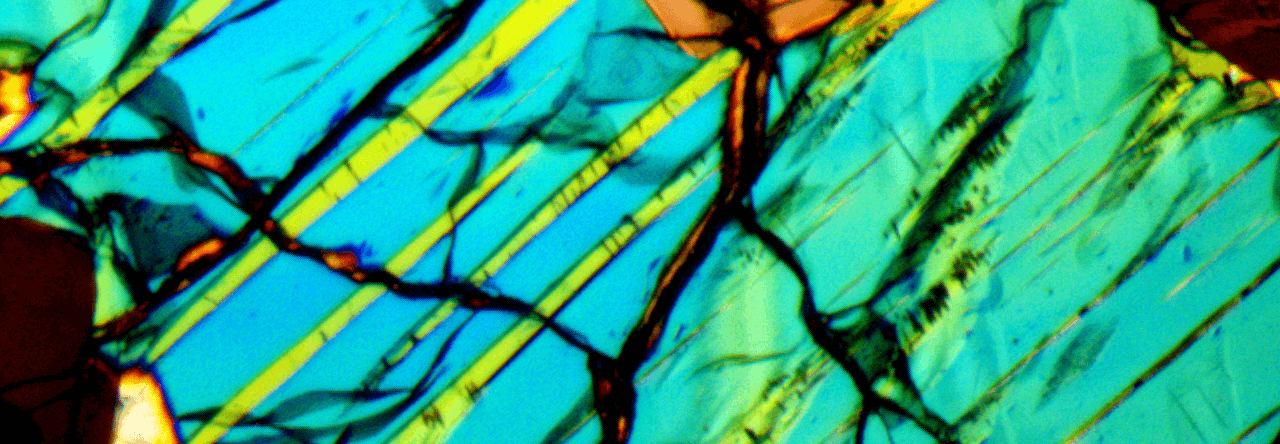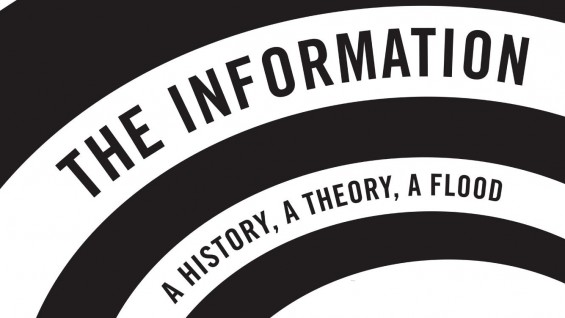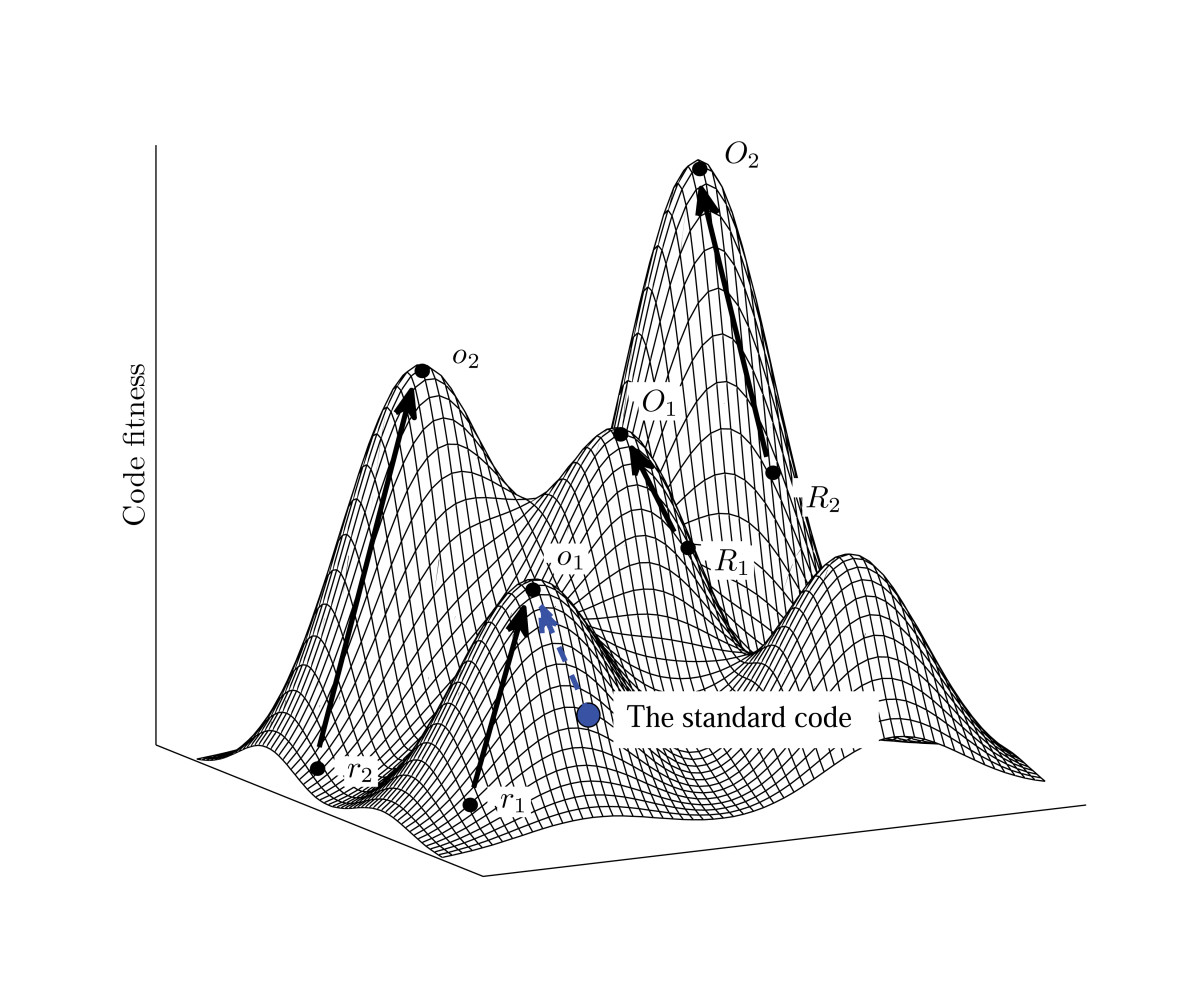Investigations seems to be a further expansion of the ideas presented in
Kauffman’s book
Origins of Order (
see other post). As a note, I found that both are very dense and hard to read. However, the concepts presented within are worth the effort. The book provides a novel approach at explaining the origins of life. I found the most fascinating concepts in the novel to be the Adjacent Possible and the idea of Autonomous Agents.
An Autonomous Agent is simply a system which reproduces itself and carries out a work cycle.
The idea of an Adjacent Possible shines light on the idea of entropy in the universe.
Investigations contains an entire section talking about Maxwell’s Demon and the nonergodicity (see
ergodic hypothesis) of the universe. Briefly, the Adjacent Possible is the set of all “next” states of the universe. To give an example, consider the early universe. Consisting almost entirely of Hydrogen and Helium, we would say that the universe was in a “Actual State” of Hydrogen and Helium. The Adjacent Possible of chemicals would be the empty set — that is, no chemical states can be “formed” from Hydrogen and Helium (gravity has yet to create stars). Then, once stars began to form, the Adjacent Possible began to include more states; elements like Carbon and Oxygen are the “next” states in the interior of stars under the right temperature and pressures. Fast forward billions of years and human organisms are creating “next” states in the chemical Adjacent Possible (assuming alien civilizations have not already created these states). For example, humans have created nylon, plastic, Teflon, and various other molecular states. These states would have been considered elements of the Adjacent Possible in the early 20th century; now, they are elements of the “Actual State” of the universe.

Thus, the universe can be considered nonergodic. It has yet to explore, and most likely will not explore, a large portion of the possible states of the universe.
Kauffman also talks about economics. He explains that modern economic theories fail to predict and account for the persistent innovation of human “goods” into the Adjacent Possible of “goods.”
I would highly recommend Investigations. It really is a must read! (ISBN-13: 978-0195121056)

